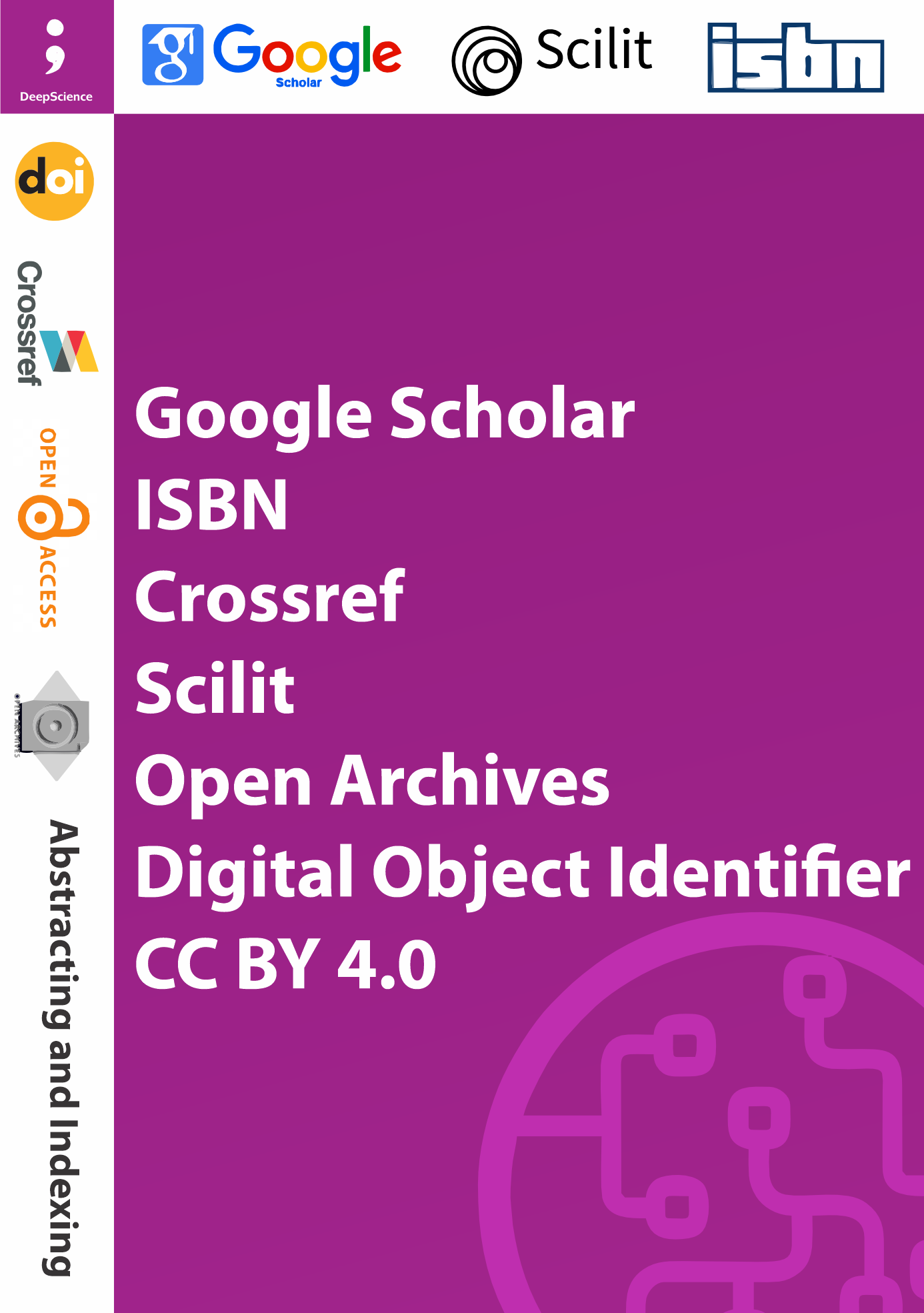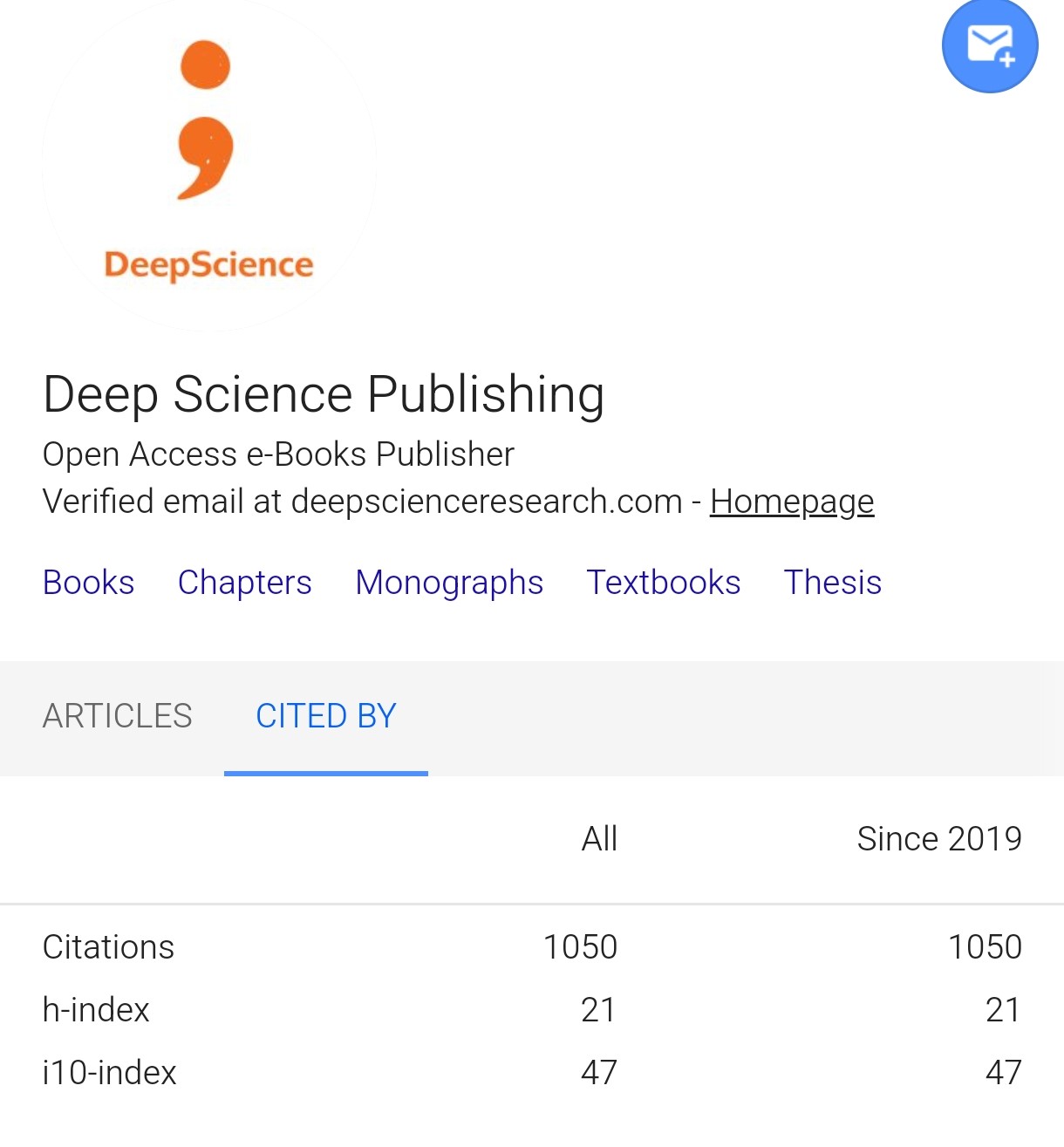Quality Control and Traditional Methods of Analysis
Keywords:
Analytical Chemistry, Quality Control, Method Validation, Limit of Detection (LOD), Sensitivity, Specificity, Instrumental AnalysisSynopsis
The dependability of the analytical results is, in turn, based on sound scientific principles, careful laboratory practices and accurate interpretation of data. The book, composed of five chapters, covers almost all of the aspects important to the field of analytical chemistry.
The book covers Quality Control and Quality Assurance, the first describing systems and standards that ensure the reliability of laboratory testing and influencing the tests used (and safe sites for taking samples), and so enables an understanding of what is meant by quality. The unit will begin by outlining the basic concepts of quality control, focusing on methods to evaluate and validate the performance of laboratory tests. It then goes on to quality control, addressing the systematic procedures that guarantee accurate and reproducible results in different laboratories, and culminates with a section on clinical trials. Statistical Analysis and Good Laboratory Practices (GLP) are also presented as key tools for the critical utilization of data and the guarantee of integrity, safety, and ethical practices in experimental procedures. Theoretical and applied aspects of concepts such as mean, variance, standard deviation, confidence intervals and regression analysis are introduced, assisting the reader in understanding how to derive meaningful conclusions from experimental data. Global quality management systemsincluding standards and Good Laboratory Practices (GLP), which define the combination of skill and compliance required in analytical science are given particular attention.
Other sample preparation techniques and fusion methods are discussed in Unit III, as well as the challenges associated with extracting organic material for analysis. For several substances, direct testing is not possible unless the sample is reduced to an acceptable form for assessment. Unit III: Sample Decomposition Methods is dedicated to this crucial step in chemical analysis. Fusion method is particularly suitable for the treatment of refractory or insoluble compounds and allows to solub ilize them completely before their analysis. They are in the same way challenging, but that's uniquely difficult because their complicated structures and variable degradation upon heating or chemical treatment make handling a special challenge in order to ensure reliable results.
It then discusses Inorganic Oxidant Systems in Unit IV, covering the basic concept and practical aspects related to oxidizing agents used in chemical analysis. Redox reactions are some of the most fundamental processes in chemistry, providing the basis for many analytical, industrial, and biological applications. Unit IV: Inorganic Oxidant Systems – Principles and Practices describes in detail the nature of the inorganic oxidants, their characteristics and their importance in analytical chemistry procedures. This chapter begins with principles that underlie inorganic oxidant systems, including redox potentials; reaction mechanisms; and factors that influence oxidizing power. It then deals with the applications of these oxidizing agents in different areas ranging from classical titrimetric methods to various analytical procedures and their role in environmental and industrial chemistry.
And finally, Unit V details the Organic Functional Group Analysis which demonstrates systematic ways of classifying and identifying organic compounds' functional groups, very crucial for understanding anorganic structures. Understand these groups, how to name them and what they do--is crucial for an understanding of organic compound structure and its chemistry. This module introduces the systematic classification of functional groups followed by classical and modern analysis methods. Emphasis is put on the theoretical basis of functional group chemistry and the experimental facility for its existence in laboratories. These techniques are not only helpful for the identification of organic compounds, but also have great potential in the quantitative and qualitative analysis of organic contaminants in pharmaceutical, environment and industrial applications.
The book seeks to help undergraduate students achieve confidence in using software for organic compound analysis and also serves as a useful reference source for more advanced students and researchers. Using the analysis of functional groups as a unifying focus, these books provide a more comprehensive and practical approach to learning organic chemistry than do other books at this level.
This book is also designed as a textbook for undergraduates in the faculties of biology, biochemistry and biotechnology related degrees as well as for people cum grano salis Biolabore access to research laboratories occupy; It offers science students simple but not trivial experiments for their lab courses.
We hope that, by reading this book, our readers will develop an improved understanding of the area and be motivated to appreciate how quality can add to the harmony between good practice, rigour and scientific principles in analytical chemistry.
References
Voet, Donald., & Voet, Judith G. (2011). Biochemistry. Hoboken, NJ: John Wiley & Sons.
Nelson, David L., & Cox, Michael M. (2017). Lehninger Principles of Biochemistry (7th ed.). New York, NY: W. H. Freeman and Company.
Berg, Jeremy M., Tymoczko, John L., & Gatto, Gregory J. (2019). Biochemistry (9th ed.). New York, NY: W. H. Freeman and Company.
Murray, Robert K., Bender, David A., Botham, Kathleen M., Kennelly, Peter J., Rodwell, Victor W., & Weil, P. Anthony. (2018). Harper’s Illustrated Biochemistry (31st ed.). New York, NY: McGraw-Hill Education.
Devlin, Thomas M. (2011). Textbook of Biochemistry with Clinical Correlations (7th ed.). Hoboken, NJ: John Wiley & Sons.
Gropper, Sareen S., & Smith, Jack L. (2021). Advanced Nutrition and Human Metabolism (8th ed.). Boston, MA: Cengage Learning.
Whitney, Eleanor Noss., & Rolfes, Sharon Rady. (2019). Understanding Nutrition (16th ed.). Boston, MA: Cengage Learning.
Shils, Maurice E., Shike, Moshe., Ross, A. Catharine., Caballero, Benjamin., & Cousins, Robert J. (2006). Modern Nutrition in Health and Disease (10th ed.). Philadelphia, PA: Lippincott Williams & Wilkins.
Campbell, Neil A., Reece, Jane B., & Urry, Lisa A. (2020). Biology (12th ed.). New York, NY: Pearson Education.













